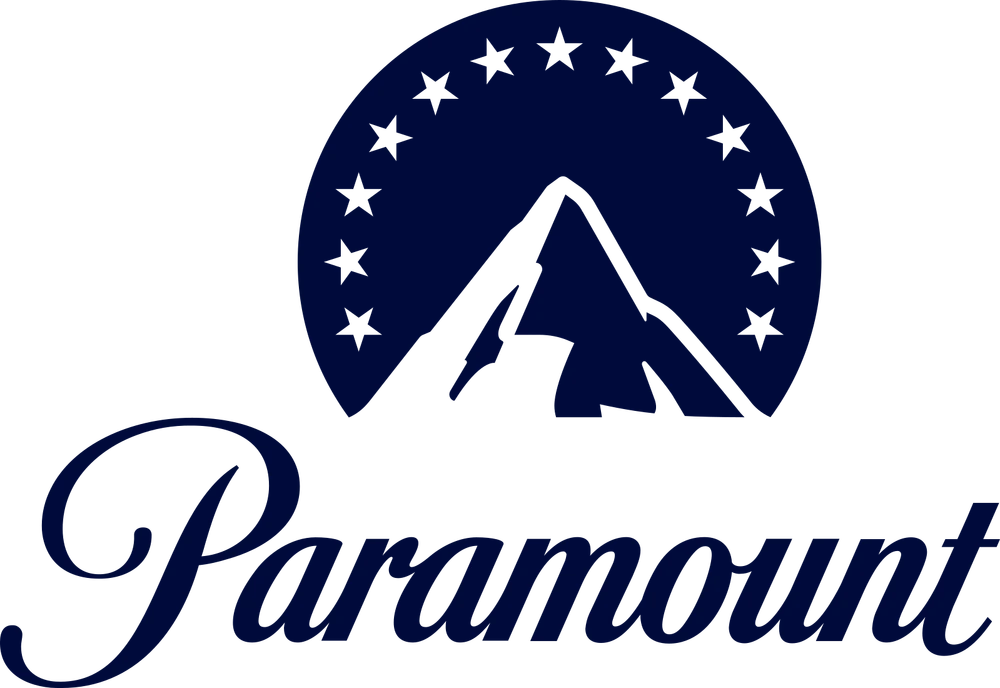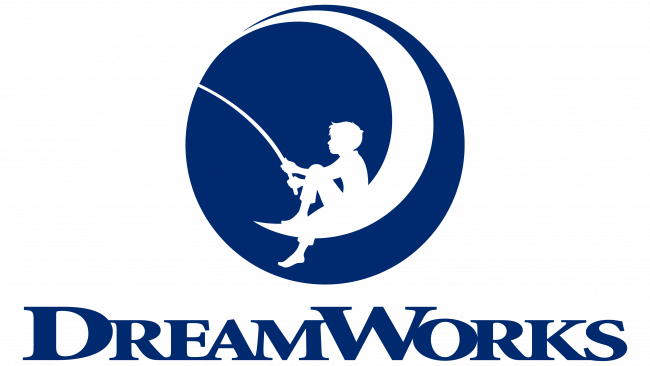Returning students receive 10% off all review services.

From Anthropology Major to Feature-Animation Story Artist
Origins
Before I ever set foot in a studio, I was an anthropology major at UCLA who had given up the drawing pad for an uncertain future. But, one life-altering moment — spotting a “Cartoonist Wanted” flyer —changed my life forever, sparking a journey from hand-drawn saloon bar flyers to working at DreamWorks, Nickelodeon, Sony, and beyond. This is all about how curiosity, putting in the hours, and a single plastic folder of hope became the foundation for a masterclass in visual storytelling.

I didn’t go to art school.
I got a degree in anthropology from UCLA.
As a kid, I spent hours lost in doodling characters—when I wasn’t equally lost binging on cartoons. But I never connected the dots: if I got really good at the first thing, maybe I could do the second one for a living. And neither did my dad. I was around eight when he turned to me and said,
“Son, whatever you do, DON’T become an artist.”
That stung. But in hindsight, I think he just wanted to protect me — from what he assumed would be a dead-end career.
So, like a lot of people, I put the pencil down after high school and went off to college with zero clue what I’d do with my life.
And then, everything changed.
While I was furiously studying the differences between Australopithecus afarensis and Homo habilis — knowing full well I didn’t want to spend my life in a pith helmet digging up fossils — my college roommate burst in and told me he’d just seen a job post looking for a cartoonist.
Before he could finish his sentence, I was already halfway across campus.
And there it was: a flyer pinned to the campus job board. I don’t remember the exact wording. But I do remember seeing the words cartoonist wanted and feeling this sudden electric jolt. Like:
This. Could. Be. It.
I sprinted home, grabbed my “best” high school drawings, and raced to their corporate office with nothing but a cheap plastic folder filled with paper hope and pure adrenaline.
The job? Drawing promotional flyers for their chain of old-timey saloon-style bars. These were the kind of places with sawdust on the floors, license plates nailed to the walls, wagon wheels on the ceiling — and the scent of stale beer baked into the wood.
But what caught my eye were these bright, hand-drawn flyers — taped to walls, doors, bathroom mirrors — promoting events like Burger Madness, St. Patty’s Day, and (no joke) Snail Races. The flyers were a colorful reminder for the — let’s just say festivity-impaired — patrons of when and why to come back.
But the most amazing thing about the flyers — beyond the advertised two-dollar pitchers of beer (and I have to admit, that was pretty amazing) — was that they were all hand-drawn, lettering and all, with hilarious cartoony characters hyping the specials.
I was pumped. No — I was super pumped. I went from having zero clue to finally understanding that this is what I wanted to do.
But after flipping through my folder, the art director handed it back with a polite shrug.
“Sorry, man, I’m looking for someone full-time.”
Just like that, it was a no.
That double-stung. I walked outside, crushed. The first time I’d felt truly excited about a future in art — and it was over in a few minutes.
And naturally, I did what anyone would do after getting turned down from their dream job: I trudged across the street to one of their bars, walked in, went straight up to the counter...
...and grabbed a flyer.
You thought I was going to drown my sorrows in a two-dollar pitcher of cheap beer, didn’t you?
Truth is, I was only 19 — so even that wasn’t an option.
But honestly, I didn’t want the beer.
I just wanted the job.
And then I wanted the beer.
No, wait — I’m pretty sure I just wanted the job.
Yes — I definitely wanted the job.
And that flyer? That was my shot.
Back at my apartment, I was now furiously studying it like it was the missing link. I broke it down: layout, line weight, lettering, character design, composition. Every choice felt intentional. So I made my own from scratch—a flyer for a fake saloon, with a silly name and a cartoon of a scuba diver swimming through hand-lettered beer specials in their same western-old-timey font.
I then convinced the art director to let me come back. I was nervous but hopeful as he looked at my flyer. Breaking the silence, he chuckled.
“Man... you did this?”
I nodded.
“You know what I’m going to do?” he said, pausing.
“I’m going to make a part-time position just for you!”
I was beyond super pumped walking out of that building. I didn’t just land a job—I’d opened a door I didn’t know existed.
And even though I was excited, I was also scared. I had no Plan B. No fallback. But I told myself I’d dive in, do the work, and see how far it could take me.
After graduating, I worked full-time drawing bar flyers by day, and took animation classes by night at the old Animation Union building in the San Fernando Valley.
After a year of unsteady freelance gigs — mostly doing animation “clean up” — I got a call about a new show starting up at Nickelodeon: Rocko’s Modern Life. That was my first real break.
I stayed on for the entire run, starting as a cleanup artist and working my way up: prop and character designer, background designer, title cards, and eventually co-director — writing and storyboarding episodes along side my director for the final season.
Because Rocko was a storyboard-driven show, we didn’t get scripts—we got outlines. The story, the jokes, the structure, the dialogue—that was all on us. That show gave me a foundation in character-driven comedy, visual problem-solving, and understanding how to tell a story with clarity and creativity.
It also taught me what it really means to be a story artist: to solve problems visually, and create clear and memorable moments that elevate the story. That experience gave me the understanding that this is what a storyboard artist should be doing, and it’s been the guiding force for me ever since.
I brought that same perspective to every project that followed when I got into feature animation at DreamWorks. And it was there that I really learned about story structure and narrative. I kept pushing myself to become a stronger storyteller — not just a better artist. I focused on creating character-specific comedy, solving story issues in the boards, and crafting moments that brought more emotional clarity to the scenes. The goal was always the same: make the story better.
Over the years, I’ve worked at DreamWorks (nearly 17 years), Paramount, Illumination, Nickelodeon, and Sony. And through all of it, that lesson has never changed: storyboarding isn’t about polished drawings — it’s about storytelling. It’s about spotting problems, proposing smart ideas, and shaping moments that make the story stronger, funnier, clearer, and more emotionally resonant.
I’ve never stopped trying to grow in that direction — and that’s exactly what I teach my students to do, too.
Creating this course has made me a better artist and a sharper director. Because when you teach, you can’t rely on instinct. You have to stop, reflect, and explain. You have to unpack your process, identify why things work, and learn how to communicate those insights clearly. Teaching forced me to become more intentional — and made me a stronger visual storyteller in the process.
So if you’ve got the drive and the curiosity, I’ll give you everything I’ve learned — how to spot story issues, pitch solutions with clarity, and build boards that actually tell the story.
Because at the end of the day, you never really know what you’re capable of until you take the leap.
And to think... it was a hand-drawn flyer that got me to start.
So what will it take for YOU to start?
Growth Mindset
Even after years at DreamWorks, Nickelodeon, and Sony, I never stopped asking, "What's the story purpose of this shot?" and "how can I tell the story clearly and in an engaging way?" In this animation storyboarding program, you’ll adopt that same growth mindset—viewing each project as an opportunity to learn, iterate, and elevate your visual storytelling skills.
Perseverance
Getting your foot in the door requires a strong portfolio and skill set, and it will take perseverance and focus to build those skills. After my initial rejection, I reworked that saloon flyer, convinced the art director to give me a chance, and balanced day-job bar posters with nighttime animation classes. I kept pushing until Nickelodeon opened its doors to me. In this storyboarding masterclass, I'll challenge you to dig deep and push yourselves to solve complex story problems that will make you a stronger and more effective storyteller. And what will it take? A lot of perseverance!
Curiosity
I’ve always believed that curiosity is the spark behind every great story. When I spotted that “Cartoonist Wanted” flyer on campus, I didn’t just notice it—I tore it apart. I studied the layout, line weight, and composition until I understood how each choice guided the viewer’s eye. In my feature animation storyboarding course, I’ll teach you how to harness that same investigative mindset—so you can break down professional boards and build your own with intention and flair.
Core Values
Core Values That Power Your Storyboarding Journey
Embrace curiosity, perseverance, and a growth mindset to master the art of animation storytelling.
Rob Porter: A Career by the Numbers
With decades of real-world feature film experience and a dedicated passion for teaching, I bring a wealth of knowledge to help you master the art of visual storytelling. Just look at these numbers!
97,000+
Story Panels Sketched
Give or Take a Thousand
1,200+
"Aha!"
Moments Sparked in Students
15,000+
Cups of Coffee Consumed
Essential Story Fuel!
500+
Pencils Sharpened / Digital Nibs Replaced
The Tools of the Trade!
Nickelodeon Animation Studios
February 1993 • September 2000
Storyboard Artist, Co-Director & Creative Director
Co-Director
Rocko's Modern Life
Year 1993 to 1995
Storyboard Artist
Hey Arnold!
Year 1995 to 1996
Creative Director
CatDog
Year 1996 to 2000
Rocko's Modern Life (1993-1995): Began as a clean up artist, then moved to prop and character design, then onto background design, and finally onto storyboarding, where I worked as as an assistant director co-writing and co-directing 7 episodes.
DreamWorks Animation
2001 • November 2017
Director, Head of Story and Story Artist
Worked on 15 feature films either as a story artist, head of story, and director of two DVD shorts.
Illumination Entertainment
November 2017 • September 2019
Custom Animation Marketing Director
Directed short format content and commercials to support upcoming films.
Paramount Pictures
September 2019 • May 2024
Head of Story
Head of story on two feature films and storyboard artist and punch-up gag writer on several films.
Sony Pictures Animation
June 2024 • Present
Story Artist
Story artist on Across the Spider-verse.
My Journey
Over 30 Years Shaping Stories in Animation


Be the next creative that’s joining the world’s best teams



















